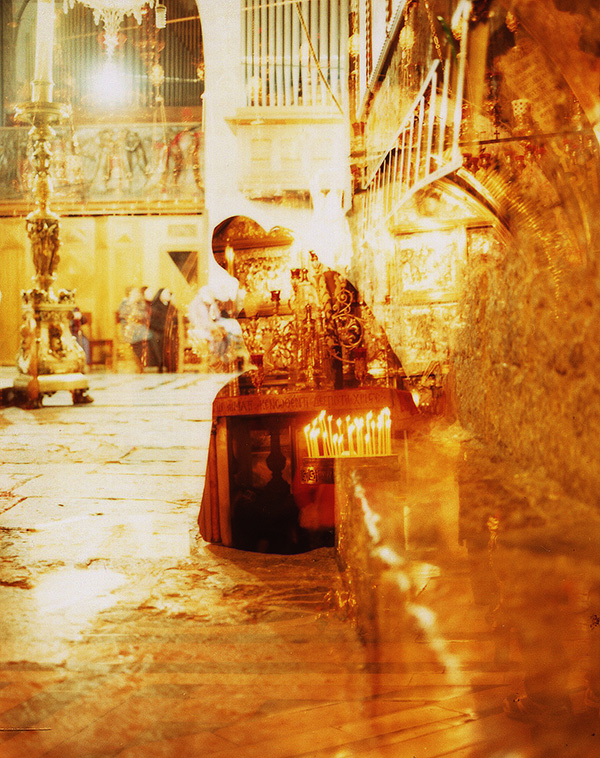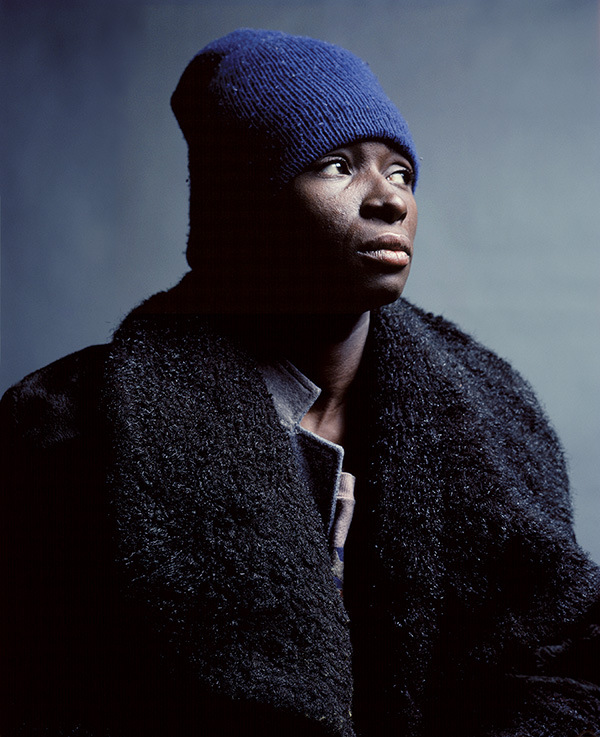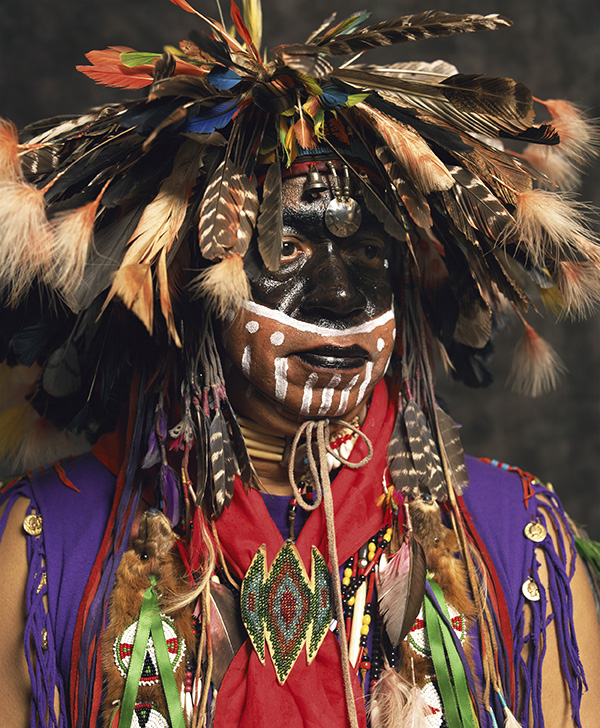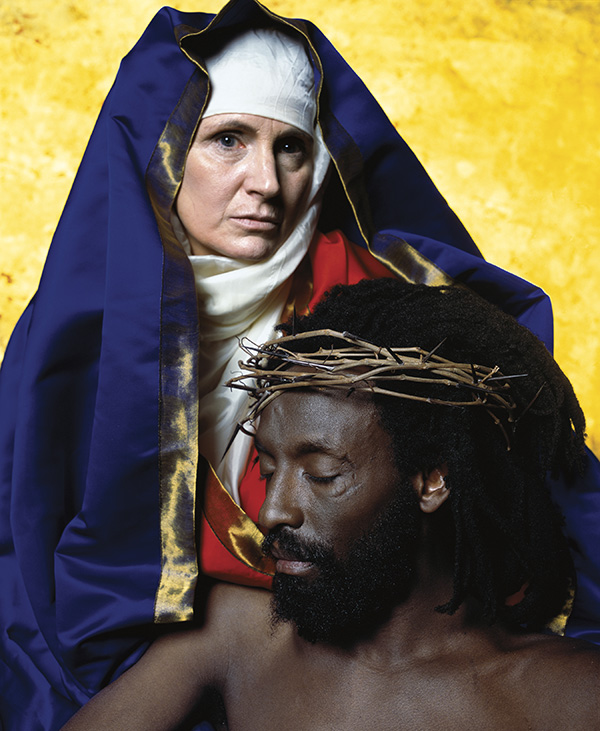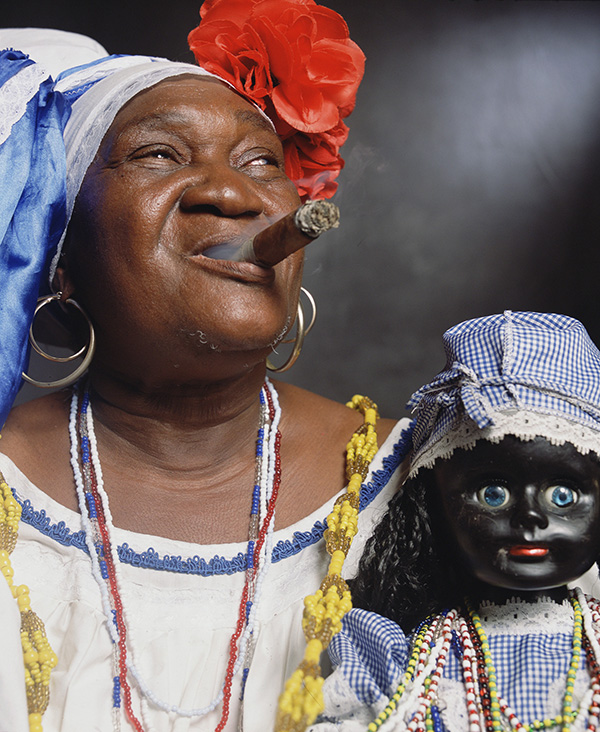ART CITIES:Paris-Andres Serrano
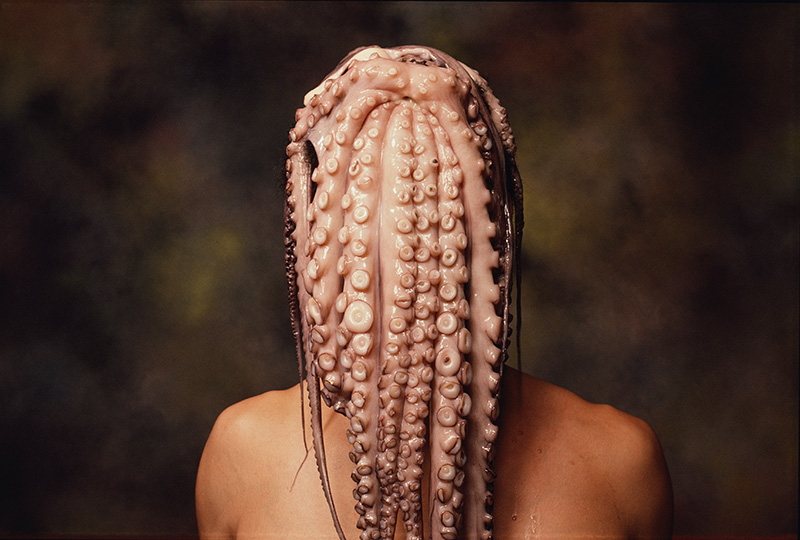 Andres Serrano unveils an often disturbing reality through his camera. Religion, death, sex and violence perfuse the American artist’s work. Since the ’80s, Serrano’s work has sparked furious debate, raising questions worldwide about censorship, taste, public decency and acceptable modes of expression. His work “Immersion (Piss Christ)” (1987), ignited an International conversation on the freedom of artistic expression and the public financing of controversial artworks.
Andres Serrano unveils an often disturbing reality through his camera. Religion, death, sex and violence perfuse the American artist’s work. Since the ’80s, Serrano’s work has sparked furious debate, raising questions worldwide about censorship, taste, public decency and acceptable modes of expression. His work “Immersion (Piss Christ)” (1987), ignited an International conversation on the freedom of artistic expression and the public financing of controversial artworks.
By Dimitris Lempesis
Photo: Petit Palais Archive
The last three years the Petit Palais in Paris invited a contemporary artist to dialogue with its historic collection. Now Andres Serrano, take up the challenge with a presentation of 40 works to be presented among the permanent collections at the Petit Palais. The exhibition Andres opens with works from two series “Torture” (2015) and and “Blood of the Flag” (2001). Andres Serrano first conceived the series “Torture” as “A show and a touristic attraction” by photographing various historical objects related to torture, the series continued at a 19th century armament manufacturing plant in Maubourguet, France, which a/political organization converted into an experimental arts space. Others depict sites of real-life atrocities that Serrano visited including a Stasi prison and a Nazi concentration camp. Under the guidance of military personnel and perpetrators of torture, Serrano photographed more than 40 models in improvised positions, using devices that were produced on-site by the local residents. The portraits in his series “Nomads” (1990), “Residents of New York” (2014) and “Denizens of Brussels“ (2015) are presented to visitors in the large painting gallery as pendants to major realist works by Courbet and Pelez. These monumental portraits of individuals excluded from society thunderously echo the refugee crisis and the current identity crisis that the West is suffering. The public thus discovers Andres Serrano to be a humanist artist who keeps an eye open on current events and poses questions on the universal themes pertinent to our time. Another of Serrano’s sources of inspiration is religious painting, as can be seen in his series “The Morgue” (1992) and “Holy Works” (2011), which are presented together with the paintings of Gustave Doré, Benjamin Constant and William Bouguereau. As the artist says Andres Serrano has depicted American society for more than 30 years with series like “Native Americans” (1995–96), “America” (2001–2004), and “Cuba” (2012), which in the Petit Palais alternate with portraits painted between the 18th century and the Belle Époque. The unusual and sometimes ambivalent images in the series “The Interpretation of Dreams” (2001), “The Klan” (1990) and “Objects of Desire” (1992) allow us to take a fresh look at the historicist and symbolist collections in the museum. The intensity and expressiveness of the portraits and staging of the series “The Church” (1991), “Holy Works” (2011) and “Jerusalem” (2014), which are presented with the Renaissance and Baroque collections, induces the visitor to explore the subjects of the museum’s masterpieces more closely. Finally, the works in the series “Immersions” (1987–90) displayed in the Hall of Antiquities brings the presentation going back in time to a close.
Info: Curator: Susana Gállego Cuesta, Petit Palais, Avenue Winston Churchill, Paris, D8ration: 7/10/17-14/1/18, Days & Hours: Tue-Thu & Sat-Sun 10:00-18:00, Fri 10:00-21:00, www.petitpalais.paris.fr
